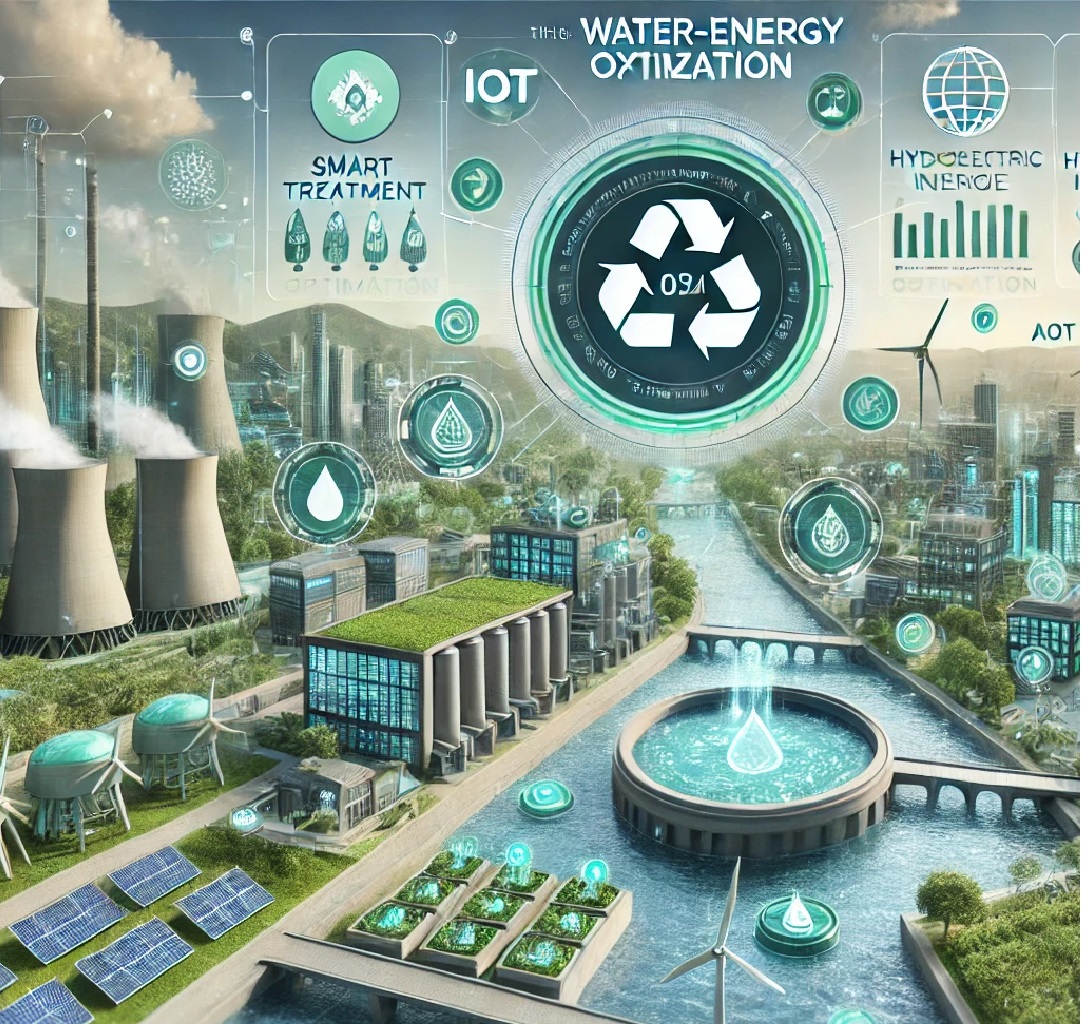Optimizing the Water-Energy Nexus: Smart Strategies for Sustainable Resource Management
Introduction
The water-energy nexus is a critical concept that highlights the interdependence between water and energy resources. Water is essential for energy production, while energy is required for water extraction, treatment, and distribution. As global demand for both resources rises, optimizing this nexus becomes crucial for sustainability. By implementing smart strategies, industries, governments, and communities can reduce consumption, enhance efficiency, and promote resilience in water and energy systems.
Understanding the Water-Energy Nexus
The water-energy nexus refers to the intricate relationship between water and energy, where:
- Water is used for energy generation in hydropower, cooling systems in thermal power plants, and biofuel production.
- Energy is needed for water treatment, desalination, pumping, and distribution.
- Inefficient management of either resource can exacerbate shortages, increase costs, and intensify environmental degradation.
Key Challenges in the Water-Energy Nexus
- High Resource Demand: Rapid urbanization and industrialization have escalated the need for water and energy.
- Climate Change Impacts: Rising temperatures and unpredictable weather patterns affect both water availability and energy reliability.
- Wasteful Consumption: Inefficient use of water and energy in households, agriculture, and industries leads to unnecessary depletion.
- Aging Infrastructure: Outdated water and energy systems contribute to inefficiencies and losses.
- Policy and Regulatory Gaps: The lack of integrated policies often results in disjointed management approaches.
Smart Strategies for Optimization
1. Adopting Energy-Efficient Water Technologies
- Implementing energy-efficient pumps and water treatment processes can significantly lower energy consumption.
- Advanced desalination techniques like reverse osmosis with energy recovery systems improve efficiency.
2. Utilizing Renewable Energy for Water Systems
- Solar and wind energy can power water treatment plants, reducing reliance on fossil fuels.
- Hydropower and geothermal energy can be integrated into municipal water supply networks.
3. Enhancing Water Conservation Measures
- Smart irrigation systems and precision farming reduce agricultural water wastage.
- Rainwater harvesting and wastewater recycling help minimize freshwater demand.
4. Implementing Smart Grid and IoT Solutions
- Real-time monitoring of water and energy usage through IoT-enabled sensors improves efficiency.
- AI-driven predictive analytics optimize resource distribution and demand management.
5. Strengthening Policy and Governance
- Integrated water-energy management policies can facilitate cross-sector collaboration.
- Incentives for industries and households to adopt water and energy-efficient solutions promote sustainability.
Case Studies of Successful Implementations
- Singapore’s Water-Energy Efficiency Initiatives: The country has integrated advanced desalination and wastewater recycling powered by solar energy.
- California’s Water-Energy Policy Integration: The state has enacted regulations linking water conservation efforts with energy efficiency programs.
- Smart Cities Using IoT for Resource Optimization: Cities like Amsterdam and Barcelona have leveraged smart technology to enhance water-energy efficiency.
Conclusion
Optimizing the water-energy nexus is vital for achieving sustainable development. By embracing energy-efficient technologies, renewable energy integration, and data-driven solutions, we can enhance resource resilience while mitigating environmental impacts. A holistic approach that includes policy reform, public awareness, and industry collaboration will pave the way for a sustainable and secure water-energy future.
